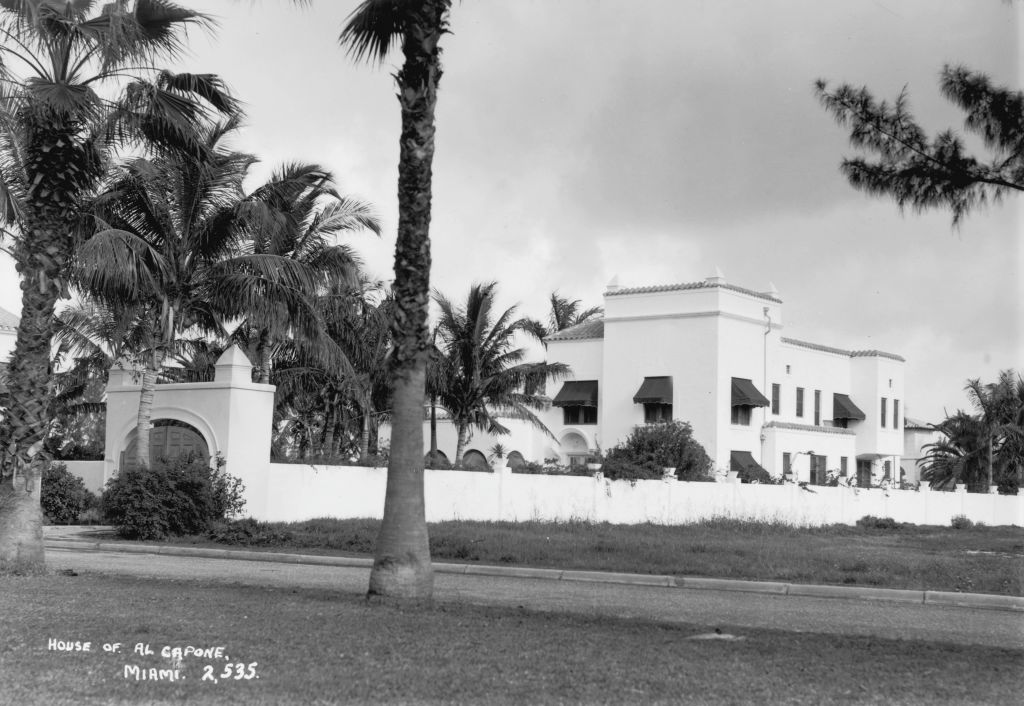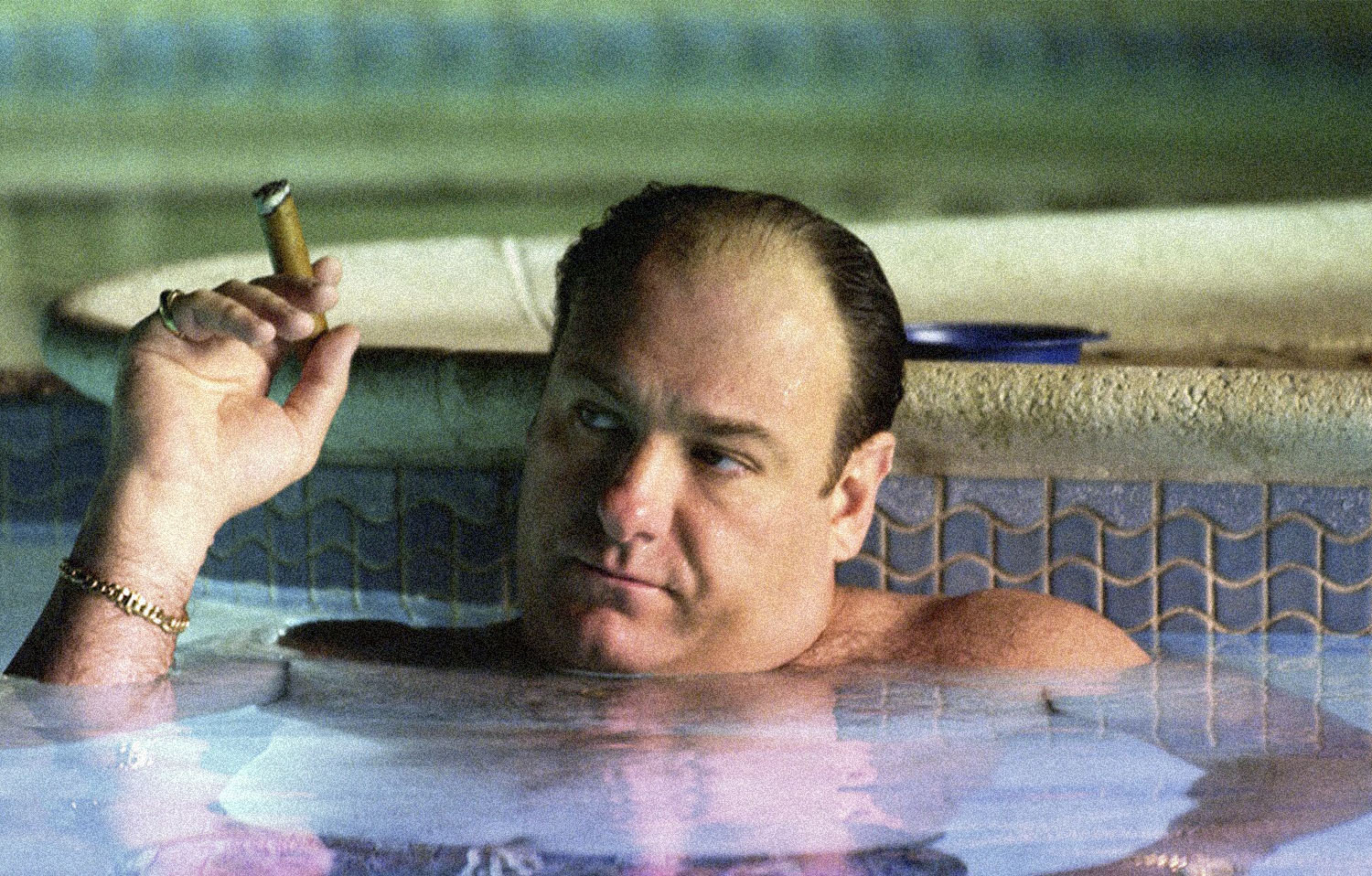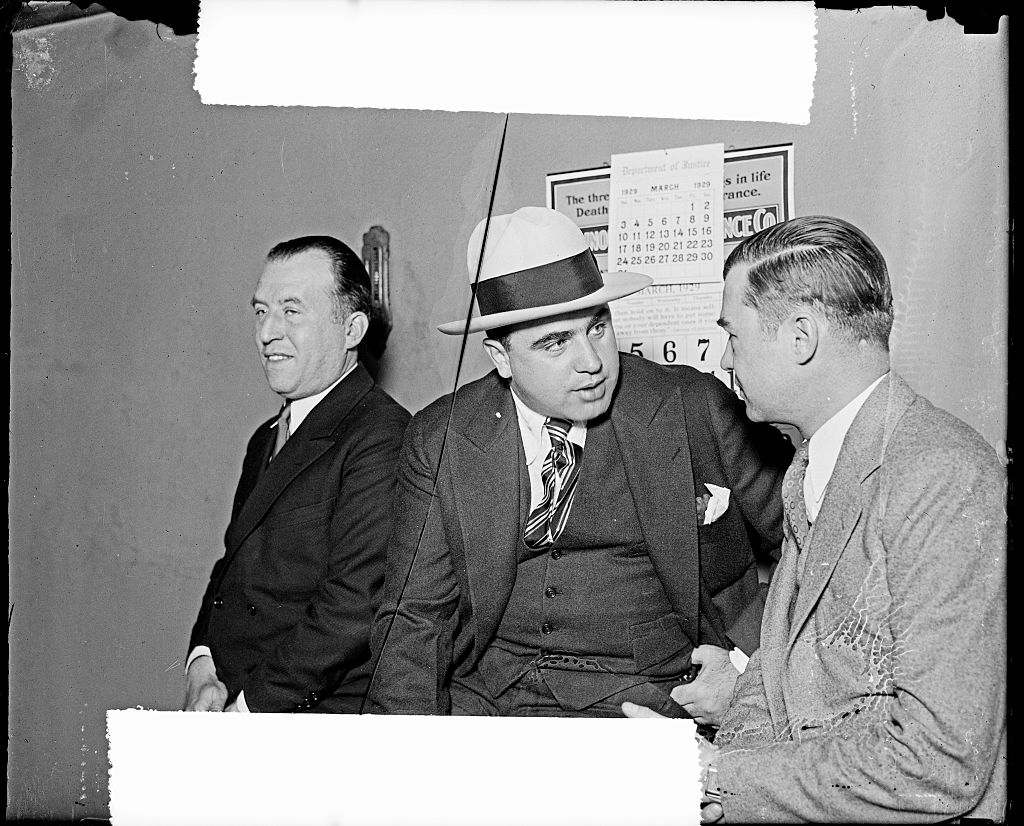Whether pondering the history of organized crime in the United States or venturing into the ins and outs of Prohibition, the name of Al Capone continues to occupy an outsized place in the public consciousness. Capone’s own legacy is one that’s fiercely debated, from his descendants‘ efforts to rehabilitate his image to a recent high-profile biopic. Another part of the gangster’s legacy, however, is in much more immediate peril — namely, the Florida mansion where he lived until his death in 1947.
A new article at TopTenRealEstateDeals.com notes that the Miami Beach residence where Capone lived for many years — and where his family continued to live after his passing — could face demolition soon. Capone bought the Palm Island home in 1928, and his wife Mae occupied it until 1952.
According to the article, the house recently sold for $10.75 million. It’s an impressive sum, but the developer who bought it was less concerned with the house’s historical value and more with its location. Capone’s house is likely to be demolished and then replaced with something newer on the same site, unless those calling for preservation somehow find a way to intervene.
That Capone’s old digs wouldn’t be much in demand isn’t terribly surprising. Preservation efforts are generally tied to the homes of notable artists or political and civil rights leaders, not those whose infamy outweighs their fame.
The developer who made the purchase, Todd Michael Glaser, may be making a habit of tearing down the homes once owned by the infamous. Earlier this year, he took a similar approach to a mansion that Jeffrey Epstein once called home.
Thanks for reading InsideHook. Sign up for our daily newsletter and be in the know.

















